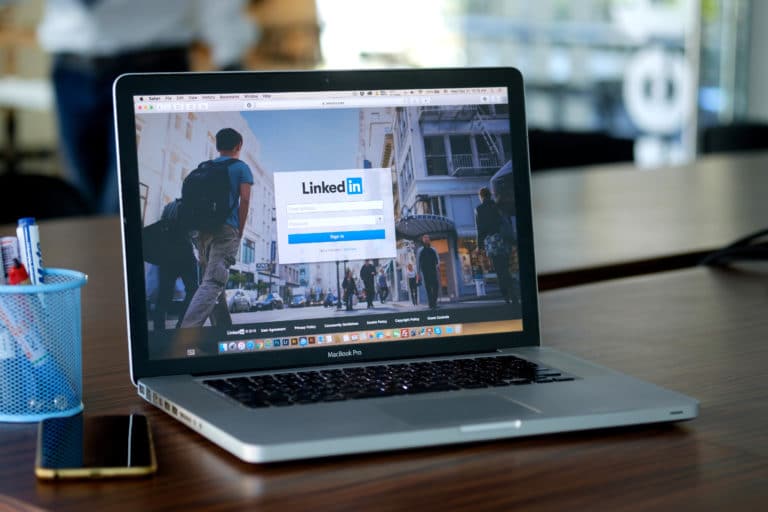You may already be familiar with case studies as something that occurs in complex fields like medicine or law. It’s also applicable in business as an aspect of marketing collateral to convince financial backers or clients to pick you.
When it comes down to clients choosing between you and a competitor, what criteria do they go on? Perhaps they visit your website and do some other online research. Yet, it may not be enough to give a full picture of whether your business is worth their buying or investment time.
As a growth lever, you need to create case studies for the above reasons. It’s not enough to just have one case study — you want to have case studies for all your offerings.
How do you go about creating one, and what kind of questions should you address in your study?
How Do You Ask for a Case Study?
Before you start building out the questions to ask, you want to reach out to those who can provide the best answers. These can be current, or past customers, who buy from you regularly and have been stellar clients.
You can contact them through an email thanking them for working with you, and politely ask if they could provide some case study feedback. In a case where they may have already provided some positive feedback about your product, thank them first in the email before asking if they’d agree to answer questions.
Or, if you noticed they recently bought more of your product (or decided to do further business with you), write them a “thank you” note first as a good lead-in.
What is the First Case Study Question You Should Answer?
To bring an element of trust between your prospective client and your company, what is the first fundamental question you need to ask of them? As you prepare your case study, think about what your business goals are and how you convey that in a compelling way. You want to ask questions that support what you do as an organization, and what you want to do more of.
As HubSpot notes, you should address these questions to your regular customer base as a form of testimonials. You could also interview those who work within your company to get their own impressions to bring some pertinent answers.
One of the first questions you need to ask of customers is “What is the overview of the company?” Giving the overall impression of who you are as a business offers an impressive opening snapshot of who you are, what your mission is, and what kind of problems you solve. It also shows readers what types of companies you work with, and frankly, it gives the chance for clients to talk about themselves which always eases the conversation. Buyers often come to you knowing a bit of what they want, so make sure you’re making it easy for them to understand you.
Afterward, consider having the customers ask your staff what their roles are, or just have your staff volunteer this information. Describing what their roles are and how they fit into the overarching goal of your company answers a lot in just a few minutes, if only the beginning.
Use Hard Data to Prove Your Company’s Worth
Just having people talk glowingly about your company is fine, though it requires proof to truly convince prospective clients. The next phase of your case study should get into some meaty data to prove what you’ve done to solve customer problems.
Any questions you ask here should delve into real-world solutions and how your products or services solved an issue successfully. A good question to start this section of your study is to ask what particular problem you tried to solve. Focus on one at a time to show a real example of how a customer found a solution using one or more of your products.
This could also occur in-house with your staff, even if might seem more biased. While addressing the above problem, also ask the customer how their particular problem affected them. Was it a business problem, or something more life-related?
To add to this, ask them what other solutions they considered before deciding on your product. Here, you get real, textual data that customers chose you over a competitor who offers something similar. If you can back this up with colorful charts and graphs, you’ll bring a visual touch to your study that entertains as well as edifies.
If your solution directly resulted in revenue for the organization, make sure to get that information. Proving ROI on your solution is far more valuable than just saying you helped them grow.
Delve Deeper into How Your Product Helps People
What other questions should you ask your customers about how they used your product(s) over a set period of time? If they used it to solve a business problem (as a B2B solution), ask them to give you any KPIs you can use to show exactly how it changed things for the better.
Obtaining hard data from those who buy from you is very valuable and a strong way to convince other customers or investors when they read about you. Try to obtain as much other outside data as you can so it doesn’t look like it all comes from customers or insiders.
If your products made some kind of larger impact locally or nationally, dig into other stats that prove this. In addition, ask them if customers discovered other advantages to using your products after they bought it. Having it on record they found surprising benefits to using your product goes a long way in demonstrating how many benefits it offers beyond usual marketing claims.
Most importantly, ask those customers if they’d recommend your product to others beyond themselves. As a form of testimonial from a diverse group of people, there is nothing more powerful than seeing a group willing to become brand ambassadors for you.
Where Should You Use Your Case Study?
Once you have a case study ready, you need to take as many quotes as you can from your customer interviews and quote them in the appropriate places. Doing so allows you to highlight key responses for the most impact.
Nevertheless, have your interview subjects sign an agreement for you to use their answers. Once you have that available, you can use your case study as part of a new marketing campaign.
The places to use this are numerous, including on your website through a separate case study page, or on a landing page. It’s always a good idea to turn your study into a PDF file so visitors can download it and peruse at will. You could also do this through email marketing. We wouldn’t recommend using landing pages for case studies. They should be ungated, so anyone can quickly access them. Who knows, your case studies may turn into a lead generation machine when people see you’ve helped others, like them.
Another smart plan is to tailor your case study based on the demographics you normally attract. Doing so adds a new layer to personalized marketing.
Want Help Creating More Effective Case Studies?
Contact us at RevenueZen if you need help actually building out testimonials or case studies. We’ll work with your clients to ensure the answers are compelling, and the pages beautifully designed.




